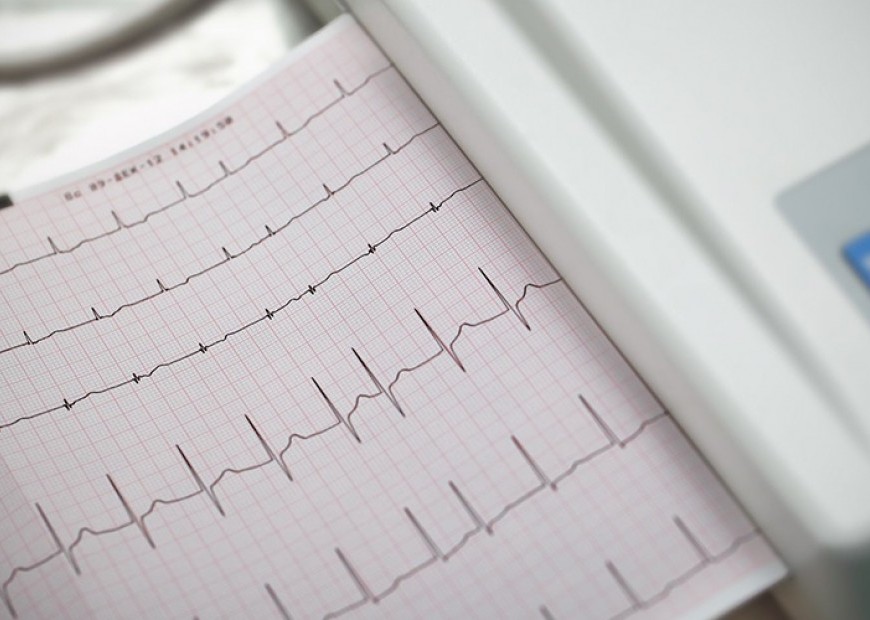Stroke and Atrial Fibrillation
A stroke is a brain attack. It results when an artery supplying the brain is acutely blocked. It is the top killer in the United States and the second top cause of death and morbidity in the Philippines. It may be one of the complications of hypertension, diabetes and high cholesterol.
Few know, however, that a considerable number of disabling strokes are a result of an irregular heart beat medically known as atrial fibrillation or AF. AF commonly results in a rapid irregular heart beat at around 140-150 beats per minute.
Atrial fibrillation occurs in 2% of Filipinos above 70 years of age based on a national survey conducted by the Department of Health and the Food and Nutrition Research Institute. Occasionally, it may be found among younger individuals. Hypertension, diabetes and high cholesterol, obesity and sleep apnea, acid reflux and excessive alcohol intake (a condition known as Holiday Heart Syndrome) also contribute to its occurrence. It may also run in some families.
A Simple Maneuver to Detect AF
Early detection of AF is possible through a simple maneuver known as the pulse check. An irregular pulse, especially if faster than 90 beats per minute while the individual is at rest, should prompt a thorough heart check. To check the pulse, the index and third finger are lightly pressed on the outer aspect of the wrist, aligned with the thumb. AF is characterized by an irregular and often rapid pulse. This should prompt a visit to a physician, preferably an internist or cardiologist.
Once suspected, the physician may order a series of tests such as a 24-hour ECG, an exercise stress test, a 2D-echocardiogram and thyroid function tests. These will help document the AF and assess the risk for stroke development. Occasionally, it may be necessary to perform long term monitoring, such as an under the skin monitor to detect AF, especially among those who have suffered a previous stroke.
Who among AF patients are at high risk for stroke?
Blood clots inside the heart are the reason that AF may cause a stroke. A fibrillating heart loses the rhythmic strong contraction of a normal heart and leads to stagnant, inefficient flow and blood clots. These clots may at any time be dislodged and migrate to the brain, or any vital organ for that matter. The interruption in the blood flow to the brain caused by the blood clot often leads to a large, disabling stroke.
A clinical scoring system known as the CHADS-Vasc is the most useful guide to assess the risk of stroke of an individual with AF. CHADS-Vasc is an acronym for Congestive heart failure, Hypertension, Age more than 65, Diabetes, Stroke history, Vascular disease. The presence of at least two of the above factors indicates an increased risk for stroke and the need for a blood thinner such as Warfarin, Dabigatran, Rivaroxaban or Apixaban. The blood thinner reduces the risk of stroke by as much as 70%. Bleeding is the possible side effect of the blood thinner. However, the benefit of preventing a stroke often outweighs the risk of bleeding. Bleeding is also easier to manage compared to a large stroke. Your internist or cardiologist should discuss the benefits and risks of using a blood thinner for stroke prevention.
A Holistic Management of AF
Management of AF usually involves the use of medications. Two types of medications may be given: a medicine that restores normal rhythm (e.g. Amiodarone, Sotalol or Flecainide), or a medicine that simply slows down the heart rate but does not convert back to normal rhythm (e.g. Metoprolol, Verapamil or Diltiazem). Overall medicines are effective in the early phase of AF but success decreases to 20 to 30% after several years. Possible side effects of medications need to be monitored, especially for Amiodarone, the most potent anti-arrhythmic medication. Long term cost of medications can be considerable. Your cardiologist should discuss with you the pros and cons of either approach.
Management of AF, however, is not limited to just the use of medications. A cornerstone in the management of AF is recognition of all other contributing factors and correction of these. Long term success of treatment depends on a multi-pronged approach which addresses not only treatment of the AF but also its precipitating factors.
Lifestyle changes including losing weight, moderation of alcohol and caffeine intake and screening for hyperacidity and sleep apnea are key. A diet high in fiber, grains, and water with moderate protein, good cholesterol and complex carbohydrates is advised. In addition, regular exercise 45 minutes three to four times a week is ideal. A sleep study may be done to document the presence of sleep apnea, commonly found among overweight individuals and those with small chins.
Some patients may need minimally invasive procedures to help control AF. This may be in the form of ablation procedures. An ablation is a cardiac catheterization-based procedure where the focus of AF is destroyed using a catheter. Heat or freezing may be delivered through the catheter to destroy or isolate the focus of AF.
St. Luke’s Medical Center-Global City’s Cardiac Arrhythmia and Atrial Fibrillation Service has a multidisciplinary team composed of cardiac electrophysiologists, specially trained nurses, nutritionists, sleep specialists, diabetologists, among others, who provide a holistic management of AF. The Service provides patients with diagnostic services to accurately detect AF and the latest treatment modalities to address the condition.
For more information on atrial fibrillation, please contact the St. Luke’s Medical Center-Global City Cardiac Arrhythmia and Atrial Fibrillation Service at (632) 7897700 ext. 2014/2015.
Dr. Giselle Gervacio is the head of Cardiac Electrophysiology at St. Luke’s Medical Center-Global City and is participating in the first Atrial Fibrillation (AF) clinic in the country. She is also the Vice President of the Philippine Heart Rhythm Society and training officer of the Philippine General Hospital Cardiovascular Section.






